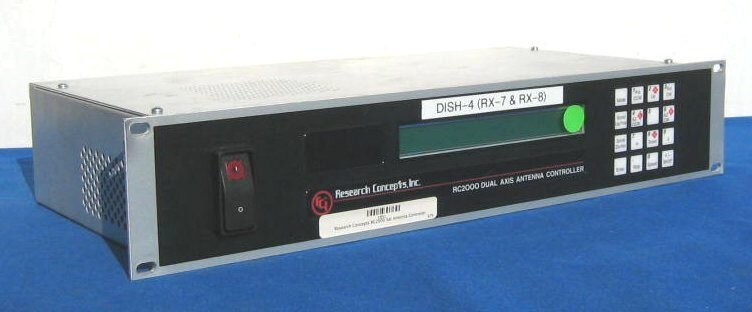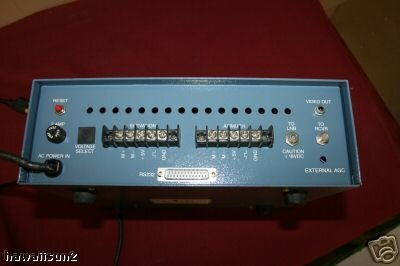Thanks for the compliment. I can not give a PCB layout. The founder of this project, spend a lot of money in developing this positioner. Giving away the layout and schematics is therefore not an option. The copyright of this project and all of its components is with Ron Eberson (info@fibo-box.com). I only build these boxes for him. Also the program in the PIC is not public. The PIC used is PIC18F2455.
What an option is is that only the PCB without components and a programmed PIC can be obtained.
In the early 1980s a synthesis method for offset dual-reflector antennas was developed by Norwegian Telecom Research (NTR), and 3.3 m and 1.8 m antennas were produced by Raufoss. Although the main focus of Fibo-Støp was on the automotive industries it successfully produced and marketed from the late 1980s offset dual-reflector antennas of the same type for use of satellite TV reception.
The goal of the method was to obtain a prescribed aperture distribution, giving the wanted radiation pattern with high gain, low sidelobes, or a combination with rather high gain and quite low sidelobes. This goal was obtained by shaping the sub- and main-reflectors, and in this way let them have small deviations from the original confocal system (with parabolic and elliptical or hyperbolic surfaces of revolution). The method also gives a low cross polarisation. The synthesis was based upon Geometrical Optics (GO), and when using this method the diffraction effects were not included. The radiation pattern including these effects could be found by a Physical Optics (PO) analysis.
The first offset dual-reflector antenna was built in 1981, and a few years later production started at Raufoss. Their production technique was based on composite materials on an aluminium honeycomb structure. The technique fulfilled the requirements and Raufoss produced several 3.3 m and 1.8 m antennas up to 1987, but the production method was too expensive to produce antennas in large numbers. In 1988 the production was transferred to EB-NERA (later ABB-NERA). The reflectors were produced at Ticon in Drammen. They used polyester with glass fibre as material, and were able to produce the antennas cheaper. At that moment, they only produced 3.3 m antennas.
These antennas were intended for Ku-band (11/14 GHz), but with a modification of the feed horn they could be used at other frequency bands (12/18 GHz or 4/6 GHz). With a modified sub reflector, the 1.8 m antennas were also used at Ka-band (20/30 GHz). The large antennas (D > 1.5 m), were only produced in a limited number, but smaller antennas were mass-produced for the consumer and professional market at Fibo-Støp, Holmestrand.
The 55 cm and 90 cm antennas have been produced for some years and obtained a good reputation both in Norway and in other European countries. They were shaped for high gain, and their efficiencies are higher than 80%. The 55 cm antenna has also obtained a price for good design. In 1991 Fibo started also manufacturing the 120 cm version. The 120 cm antenna was intended for both the receive-only consumer market and for the business communication market in the 11/14 GHz band. It is shaped to have rather low sidelobes and still having high gain. Like the other antennas produced at Fibo-Støp. The 55 cm, 90 cm and 120 cm antennas were sold in large numbers as brand Fibo-Støp and other brands like Philips, Grundig, Delta Star, Kreiselmeyer, Master Focus, Nokia, Mediagate and some others.
more information about Fibo dishes at
Fibo-Owners






